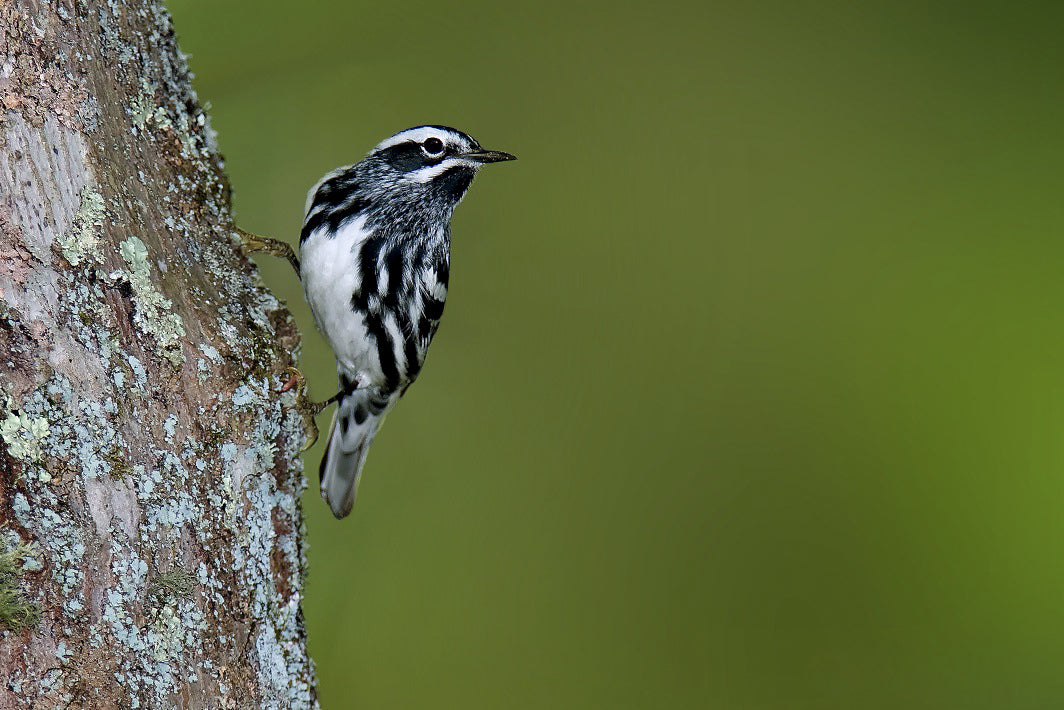Offer
Provide additional details about the offer you're running.
Provide additional details about the offer you're running.
Provide additional details about the offer you're running.

Feature Image By William H. Majoros (Own work) [CC BY-SA 3.0 (http://creativecommons.org/licenses/by-sa/3.0)], via Wikimedia Commons
This “zebra-esque” colored warbler is typically best known for its habit of creeping up and down various tree trunks in search of insects in small crevices and in the bark. For this reason, this warbler is sometimes also referred to as the “Black and White Creeper”.
This warbler (like most others) is a smaller songbird, featuring a fairly long bill with a downward curve towards the end, which makes foraging for food in tough tree bark a breeze. These black and white beauties can measure anywhere from 4.3”-5” in size and sport a wingspan just short of 9 inches.
Despite the fact that you would almost always spot this little guy high in the treetops, this species typically nest on the ground atop a pile of leaves or at the base of a tree. They can be found amount deciduous and mixed forest during the summer months, and basking in the tropical locales from the beaches of Florida to the Colombian jungle.
As their name suggests, their coloring consists of two colors; black and white. Their striped pattern is highlighted by two wide white wing bars, and the males sport a much more obvious black streaking. The females sport a much more pale plumage and slightly less streaking in their coloring.
These warblers are also equipped with an extra-long hind claw and a heavier set of legs than most other wood warblers. This allows them to flawlessly move about tree limbs and trunks and negotiate with tough bark while foraging for food.
As with many songbirds, the best way to track one of these warblers down is by using your ears. Black and white warblers are a very vocal bird with a squeaky, light-toned song.
High Quality Blend